Photodynamic Therapy (PDT) – Effective, precise treatment for cancer
PDT is a pioneering procedure in dermatology and holistic cancer therapy.
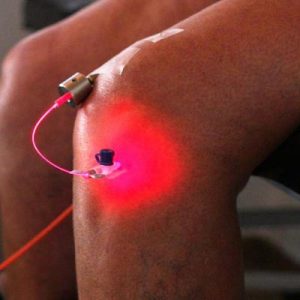
Its efficacy is based on the use of “photosensitizers”. These are specific substances which render the tumour cells sensitive to light. The tumour tissue is then irradiated with visible laser light in the blue to red range. The laser light releases aggressive oxygen molecules, which destroy the tumours. Since photodynamic therapy (PDT) has hardly any effect on healthy cells, it is also suitable for use on body sites where other treatment modes may cause problems or are difficult to perform.
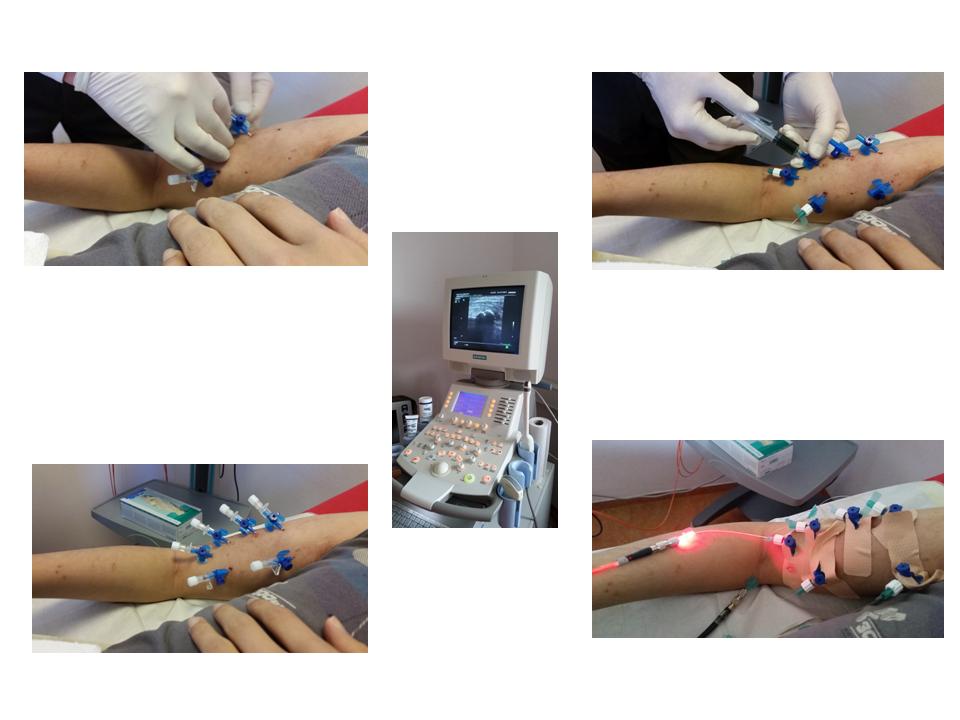
Example:
Ewing’s sarcoma (ES) is an extremely aggressive form of bone cancer.
Such a sarcoma was treated with photodynamic therapy here in the Center for Advanced Medicine.
PDT and its targeted mode of action
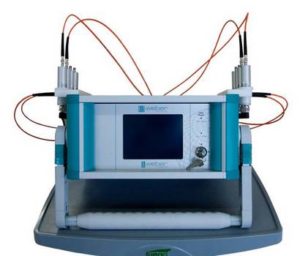
In the Center for Advanced Medicine we use chlorin E6, hypericin and curcumin as photosensitizers.
The effect of the photosensitizing substance is only activated when it is irradiated with laser light at the correct wavelength.
The laser light is guided to the sites for treatment via a special waveguide and is focused in such a way that only the tumour cells are exposed to the light.
The principle of action is based on photochemical processes which are initiated with PDT and attack the tumour specifically.
The photosensitizer is injected into the patient’s bloodstream, and is then transported throughout the body, but collects mainly in the cancer cells.
This causes the formation of light-sensitive porphyrins in the cells.
The porphyrin molecules are transformed into a “triplet” state, and the energy they absorb is transferred to the triplet oxygen.
This transfer of energy causes the oxygen molecules to enter an excited state, which ultimately results in the formation of singlet oxygen.
This oxidising agent is highly reactive and extremely cytotoxic – it is in effect a very powerful cell poison.
This effect is finally expressed as necrosis of the affected cells, and under certain circumstances simultaneous apoptosis, death of the tumour cells initiated by the body itself.
Further damage to healthy cells does not occur due to the localised effect of the oxygen radicals.
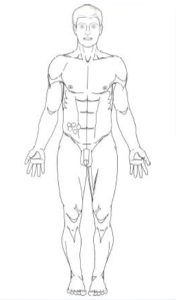
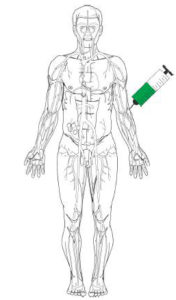
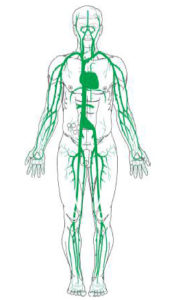
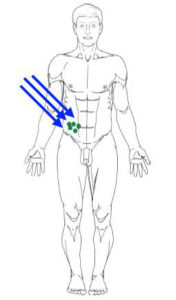
What diseases can be treated with PDT?
Photodynamic Therapy is already recognised as a proven, standard procedure in ophthalmology and dermatology.
As a cancer treatment, it serves as a non-invasive or minimally invasive therapy which is used in cases of bladder cancer, prostate cancer, basal cell carcinomas, actinic keratoses and Bowen’s disease, for example.
Besides its application in cancer treatment, Photodynamic Therapy (PDT) is also suitable for treating the following disorders:
- Chronic prostatitis
- Tissue changes
- Benign prostatic hyperplasia (enlarged prostate)
- Lyme disease
- Multiple sclerosis
- Parasitic, bacterial and viral infections
A PDT treatment is usually painless and not associated with any serious side effects.
Since the destroyed cells are replaced with normal cells after the treatment, a good healing process is to be expected after the treatment.
Photodynamic Therapy is often not used as a monotherapy; it can also be combined with other therapy and treatment methods such as low-dose chemotherapy (IPT), radiation therapy or surgery.
While certain therapy forms can sometimes only be used once, because of its harmlessness PDT can be administered as often as required.
Do you have any questions or would you like further information? Then you are welcome to write to us or call us.
Our staff will answer your request quickly and competently. We will also be happy to call you back by telephone to provide you with individual advice.
Please write to us. We are gladly there for you.

